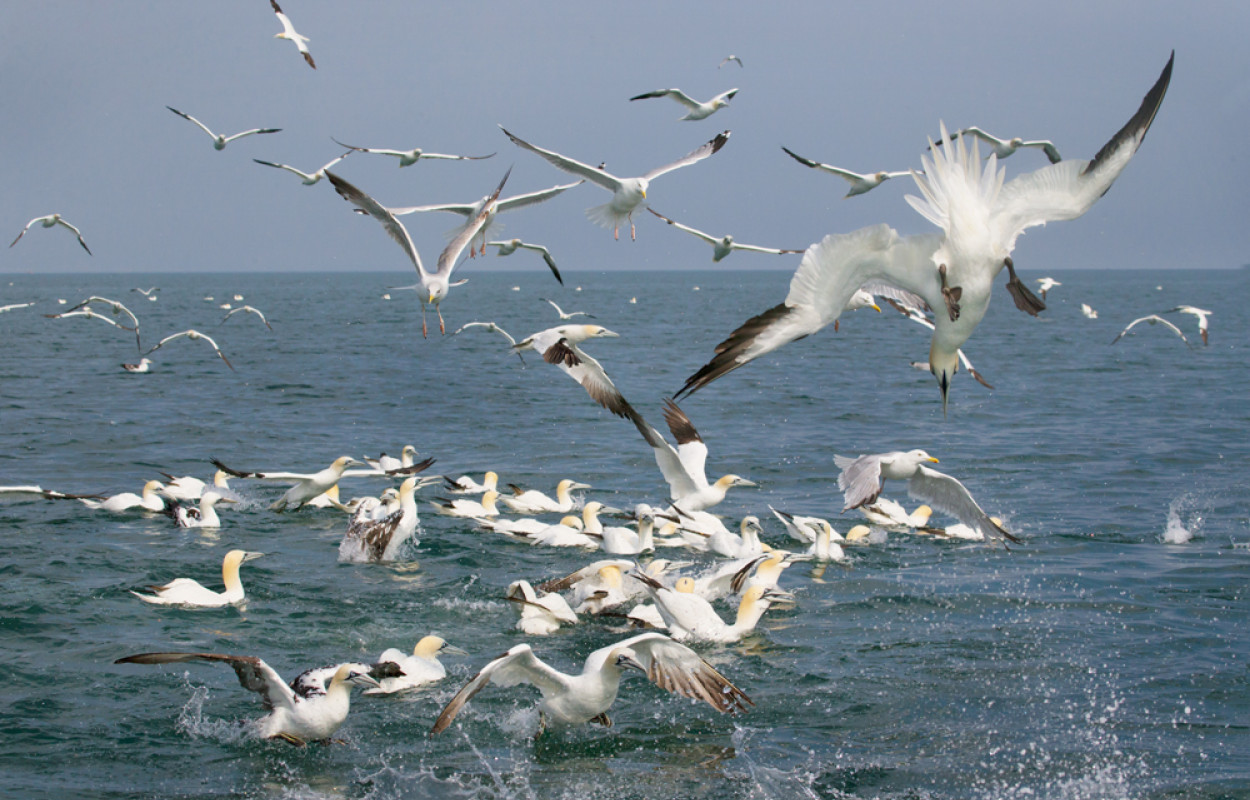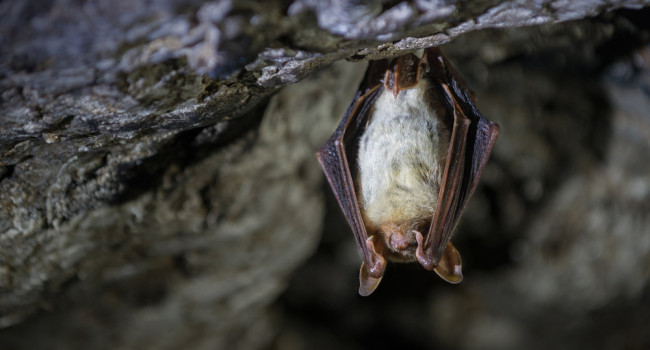Mismatches in scale between highly mobile marine megafauna and marine protected areas

Author(s): Connors, M.G., Sinnon, N.B., Agamboue, P.D., Atkinson, P.W., Bayliss, A., Benson, S.R., Block, B.A., Bograd, S.J., Bordino, B., Bowen, D., Brickle, P., Bruno, I., Carman, V.G., Champagne, C.D., Crocker, D., Costa, D.P., Dawson, T.M., Deguchi, T., Dewar, H., Doherty, P.D., Eguchi, T., Formia, A., Godley, B.J., Graham, R.T., Gredzens, C., Hart, K.M., Hawkes, L.A., Henderson, S. Henry, W., Hückstädt, L.A., Irvine, L., Kienle, S., Kuhn, C.E., Lidgard, D., Loredo, S.A., Mate, B., Metcalfe, K., Nzegoue, J., Oliwina, C.K.K., Orben, R.A., Ozaki, K., Parnell, R., Pike, E.P., Robinson, P.,. Rosenbaum, H., Sato, S., Shaffer, S.A., Shaver, D.J., Simmons, S.E., Sisson, N.B., Smith, B.J., Sounguet, G.P., Suryan, R., Thompson, D.R., Tierney, M., Tilley, D., Young, H.S., Warwick-Evans, V., Weise, M.J., Wells, R.S., Wilkinson, B.P., Witt, M.J. & Maxwell, S.M.
Published: July 2022
Journal: Frontiers in Marine Science
Digital Identifier No. (DOI): /10.3389/fmars.2022.897104
Abstract
Marine protected areas (MPAs) are increasing in number and size around the globe in part to facilitate the conservation of marine megafauna. However, their utility for that purpose is not well established. Using a global tracking dataset from 36 species across five taxa, chosen to reflect the span of home range size in marine megafauna, we show most MPAs are too small to encompass complete home ranges of most species. Based on size alone, existing MPAs could encompass only 40% of the home ranges of the smallest ranged species and < 1% of the largest ranged species. Further, where home ranges and MPAs overlapped in real geographic space, MPAs encompassed < 8% of core areas used by all species. Despite most species’ ranges being much larger than existing MPAs, we demonstrate that benefits from MPAs are still likely to accrue by protecting critical life history stages.
Efforts to protect and conserve marine megafauna (including whales, dolphins, shark, turtles, and seabirds) often involve the use of marine protected areas (MPAs), and the number and size of these are increasing across the globe. Many proponents of MPAs point to their large size as a mechanism for conserving marine megafauna and their habitats. In fact, many MPAs have been designated because of the megafauna protection they are thought to deliver. But how much do we know about the use of MPAs by megafauna and the extent to which they are contributing to the conservation of these species, many of which often cover vast distances?
This study uses a global tracking dataset from 36 species, spread across five taxa, and chosen to reflect the span of home range sizes seen in marine megafauna. Alongside species like Blue Whale, Basking Shark, Leatherback Sea Turtle, and Crabeater Seal, are a suite of bird species, including Northern Gannet, Gentoo Penguin and Black-footed Albatross. The tracking data were used to establish the typical home range size for each of the species studied, together with a measure of how that range was used. The team then examined the degree to which the home ranges overlapped with the existing MPA network (those MPAs that were ‘designated’ or ‘implemented’ in the Atlas of Marine Protection database.
The results revealed that most MPAs are too small to encompass complete home ranges of most species. In fact, based on size alone, existing MPAs could encompass only 40% of the home ranges of the smallest ranged species and less than 1% of the largest ranged species. Further, where home ranges and MPAs overlapped in real geographic space, MPAs encompassed < 8% of core areas used by all species. It could be argued that this is unsurprising given the vast ranges used by some of the species studied; the ranges used by Black-footed Albatross and Blue Whale, for example, each cover more than a million square kilometres.
Despite most species’ ranges being much larger than existing MPAs, the study does demonstrate that benefits from MPAs are still likely to accrue when they protect those parts of the range essential to critical life history stages (such as spawning/breeding sites). It is important, therefore, to make sure that MPAs are properly sized, placed and networked, so that they deliver for the species they are intended to protect. As this study shows, tracking data can provide the evidence upon which more robust decisions about MPAs can be made.
Notes
This work was primarily funded by a grant from Pew Charitable Trusts with additional funding from a fellowship from the Alfred P. Sloan Foundation awarded to SMM. Funding agencies for individual tracking datasets are listed in Supporting Information. Authors declare no competing interests. All major scripts, functions, utilization distributions (core and home range) for all species and MPA shapefiles used in this study will be available online at github.com/melinda.conners/megafauna_mpas. Most of the raw tracking datasets are archived in public data repositories and available by request; see Supplementary Table S1 for database location and dataset IDs.







Share this page